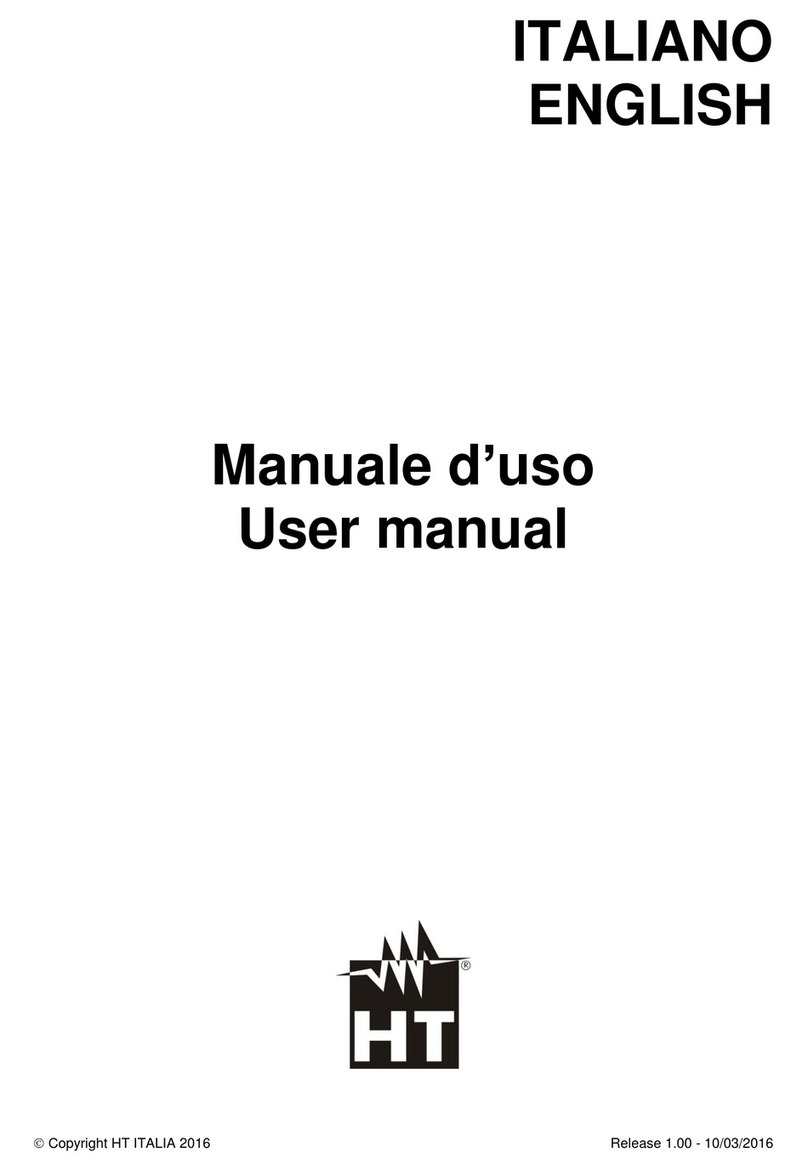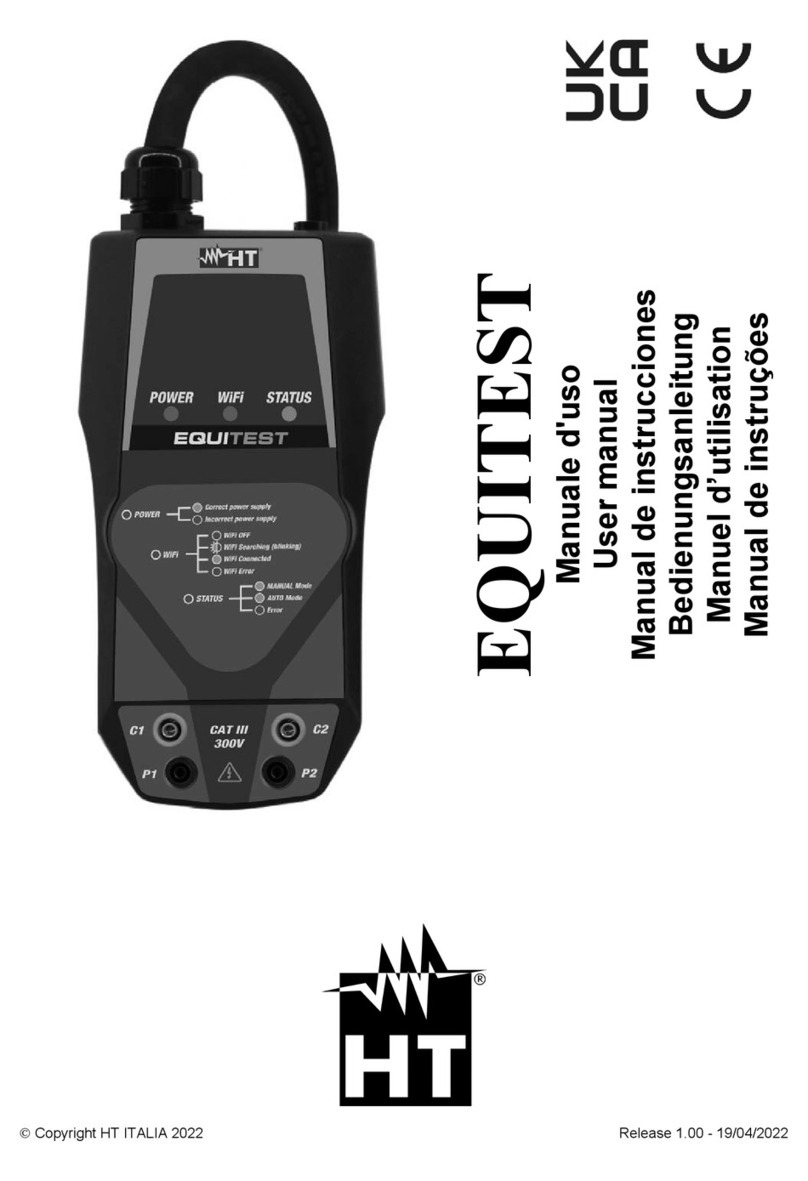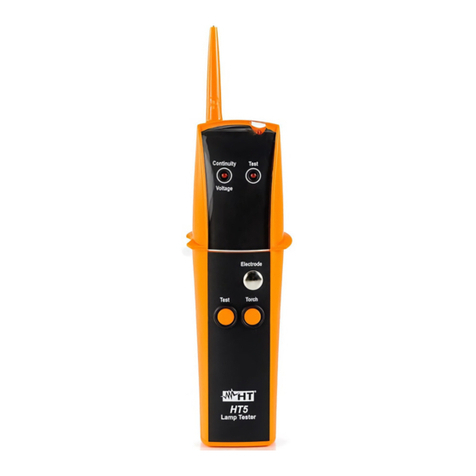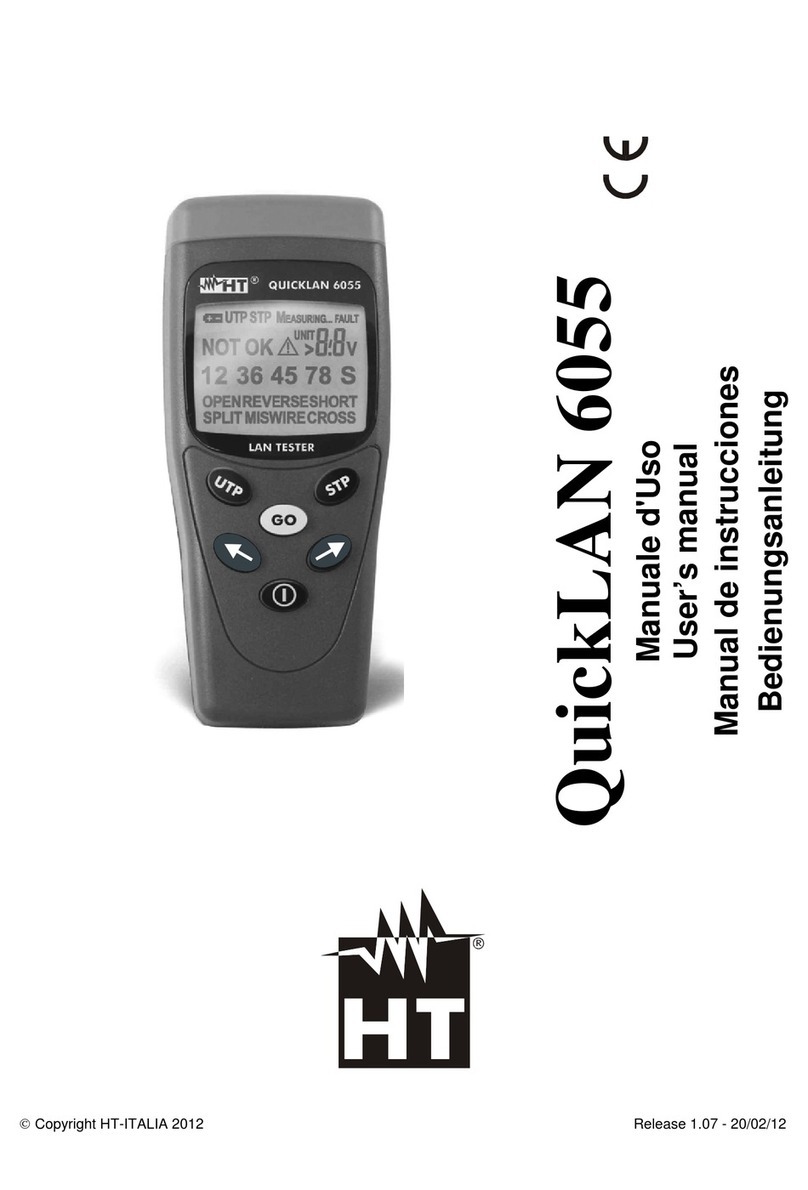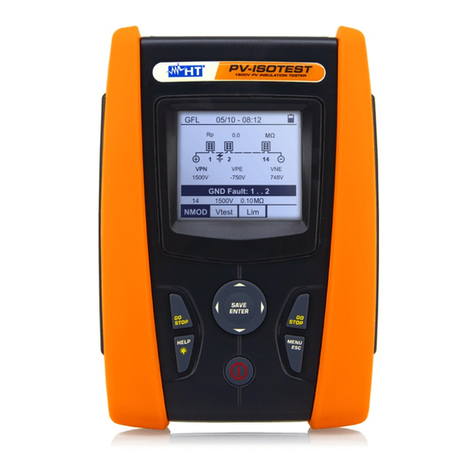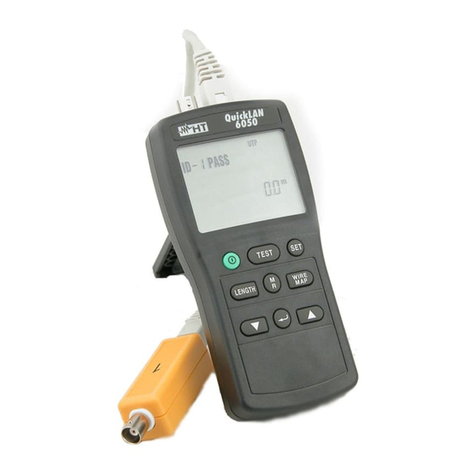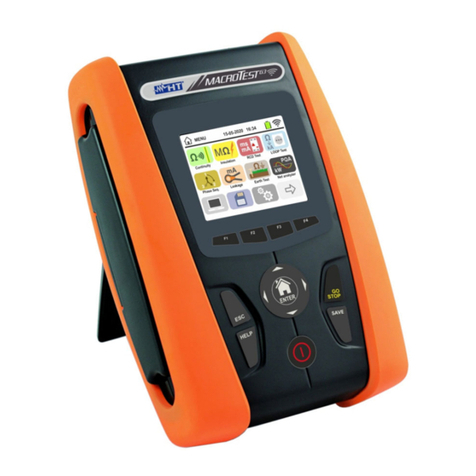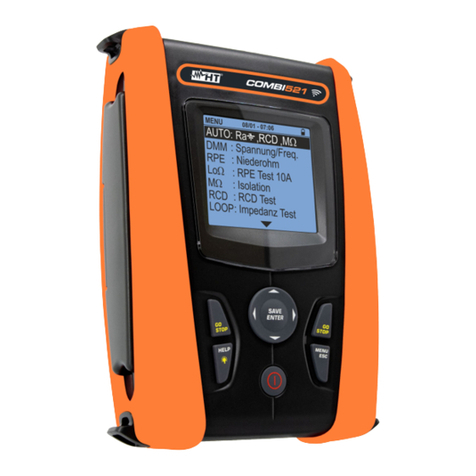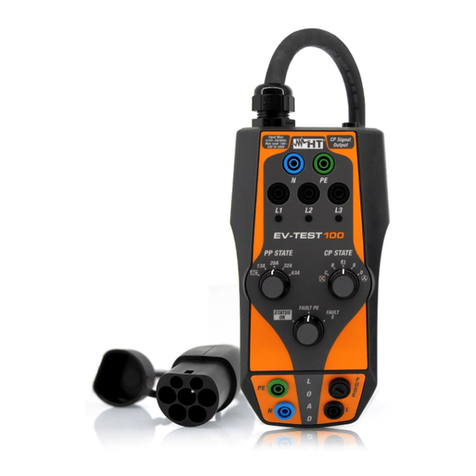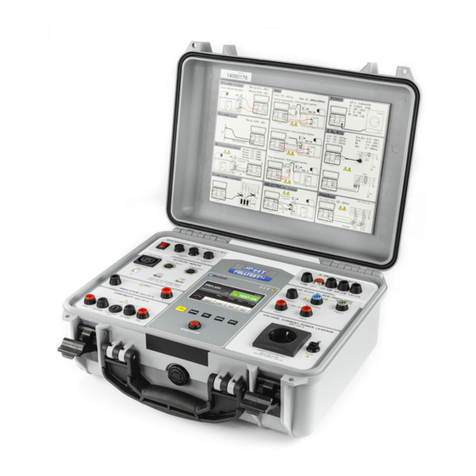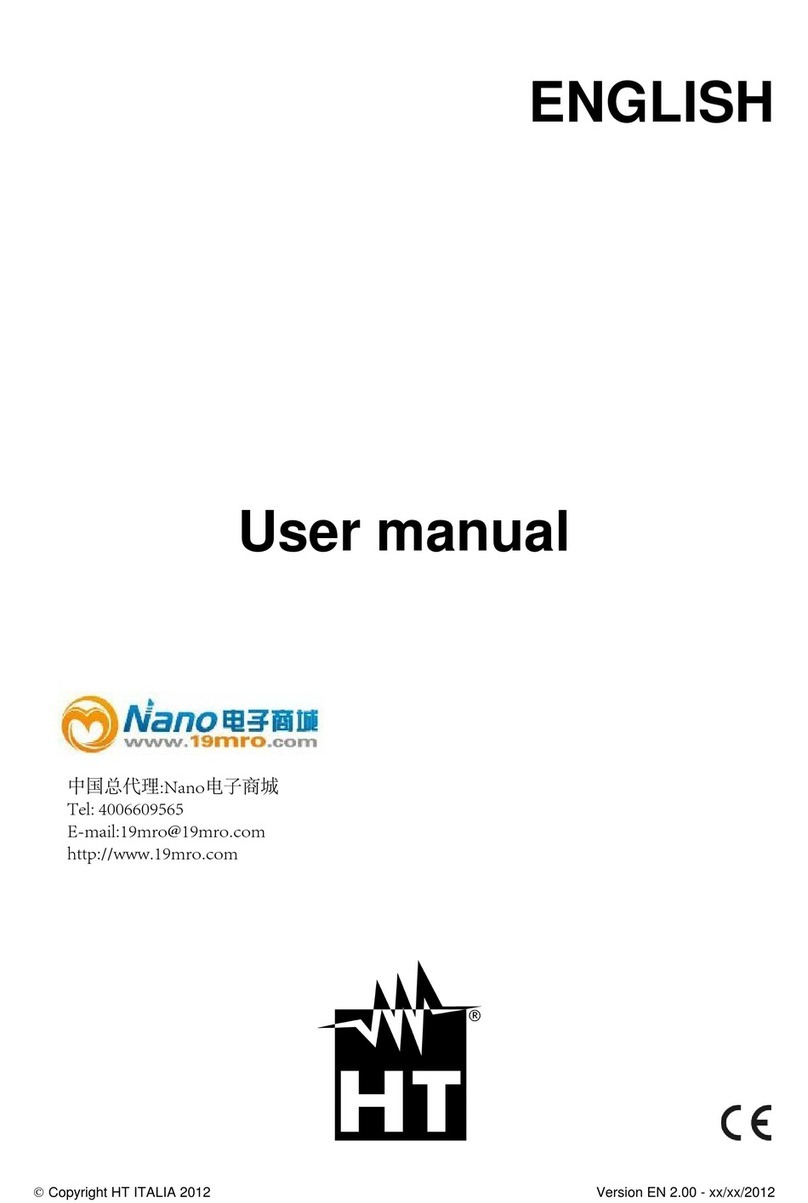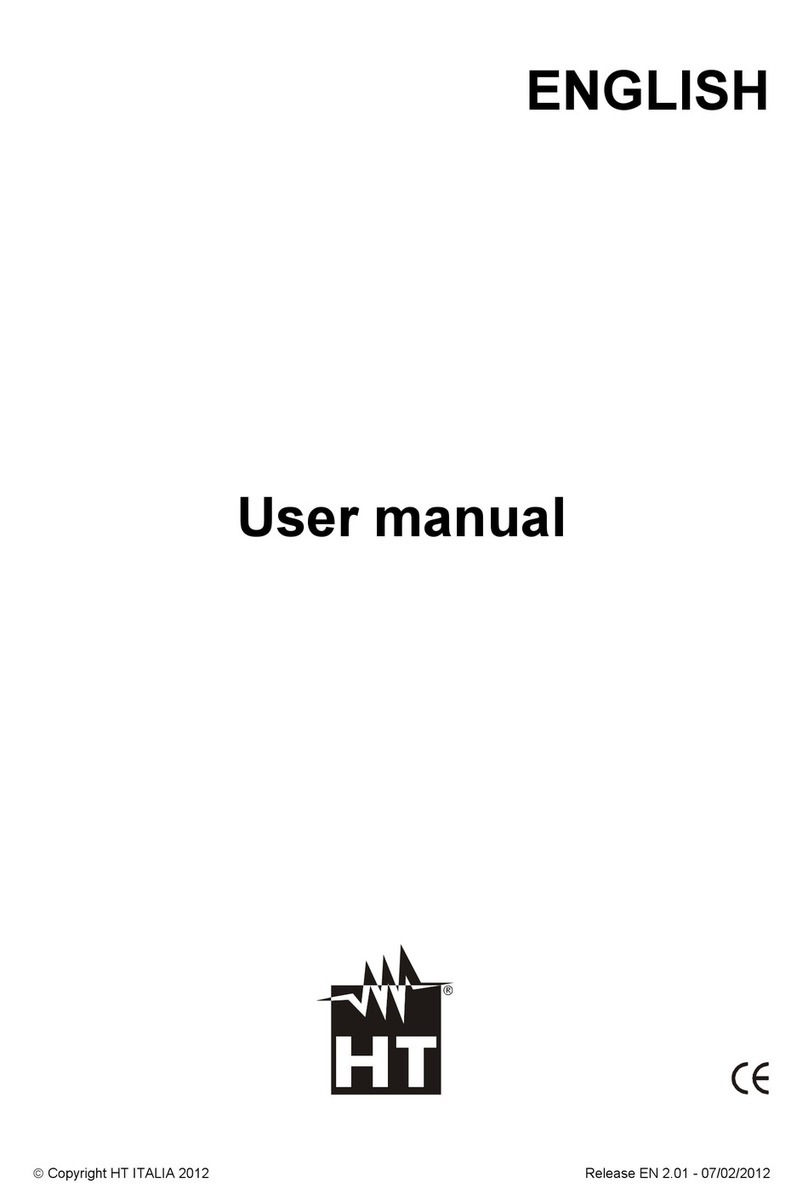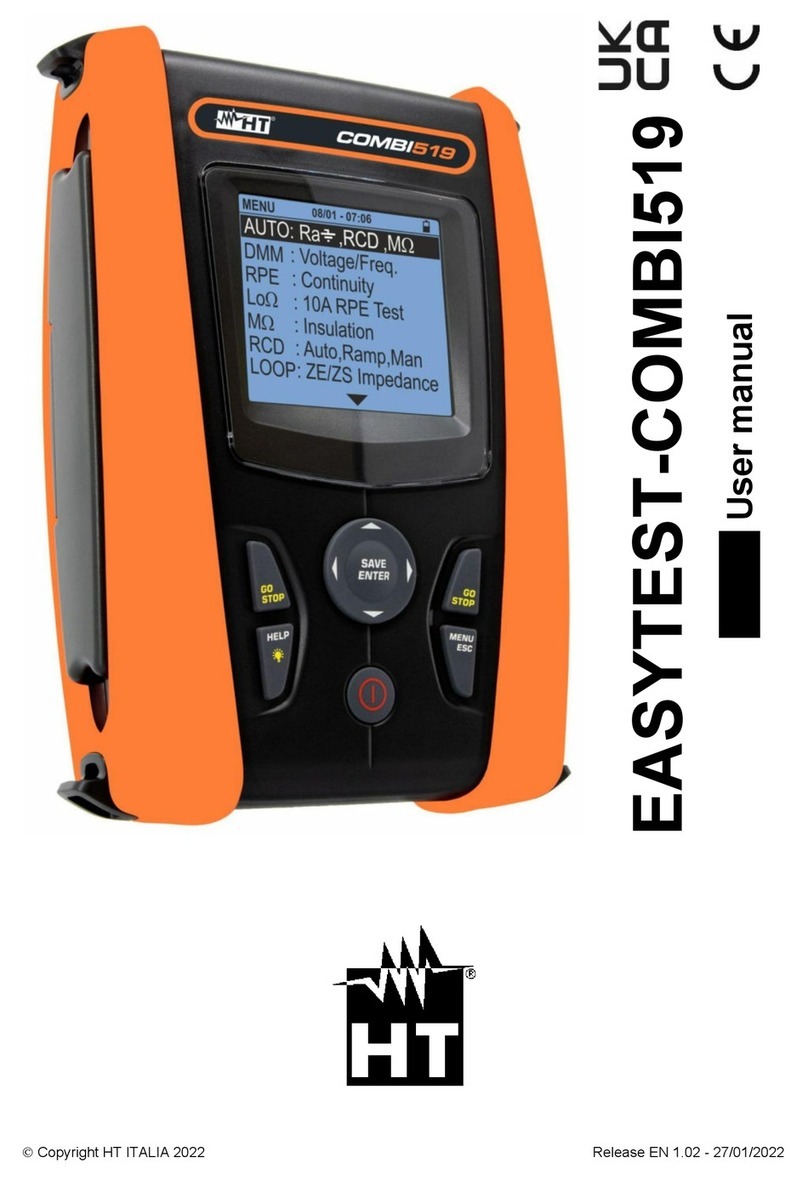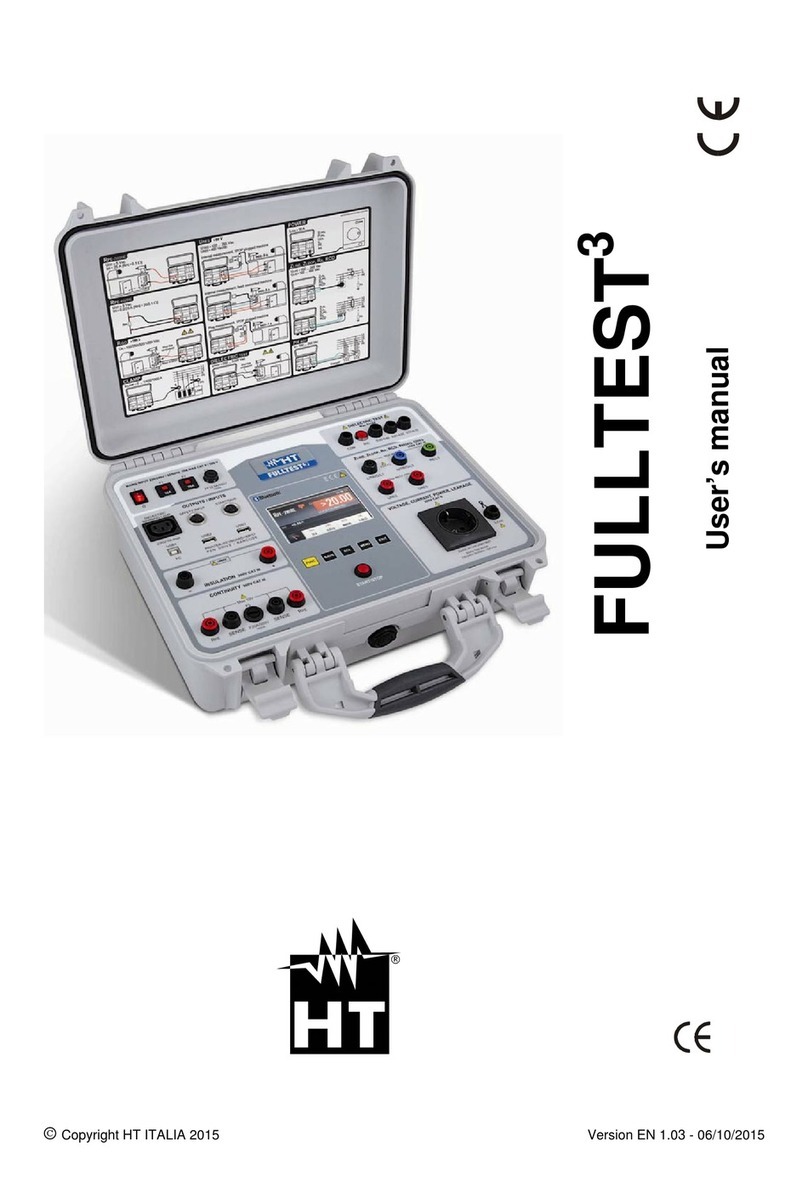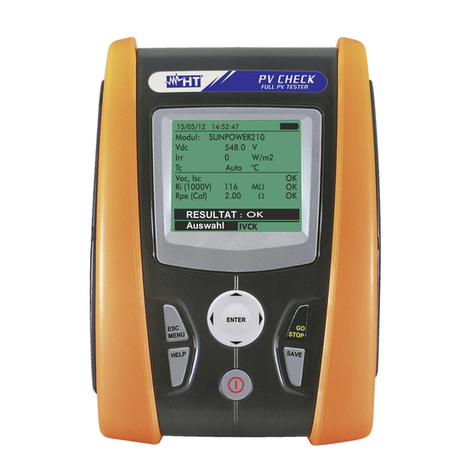
EQUITEST 5071
EN - 1
Table of contents
1.PRECAUTIONS AND SAFETY MEASURES..................................................................2
1.1.Preliminary instructions......................................................................................................... 2
1.2.During use............................................................................................................................. 3
1.3.After use................................................................................................................................ 3
Definition of measurement (overvoltage) category......................................................................... 3
2.GENERAL DESCRIPTION..............................................................................................4
3.PREPARATION FOR USE..............................................................................................4
3.1.Initial checks.......................................................................................................................... 4
3.2.Instrument power supply.......................................................................................................4
3.3.Calibration............................................................................................................................. 4
3.4.Storage.................................................................................................................................. 4
4.INSTRUMENT DESCRIPTION........................................................................................5
4.1.Front panel............................................................................................................................ 5
4.2.Input and output leads........................................................................................................... 5
4.3.Description of function keys .................................................................................................. 6
4.4.Display description................................................................................................................ 6
4.5.Initial screen.......................................................................................................................... 6
4.6.Backlight................................................................................................................................ 7
5.INITIAL SETTINGS .........................................................................................................7
5.1.Adjusting display contrast...................................................................................................... 7
5.2.Adjusting date and time......................................................................................................... 8
5.3.Language setting................................................................................................................... 8
6.OPERATING INSTRUCTIONS........................................................................................9
6.1.LOW: Continuity of protective conductors with 200mA....................................................... 9
6.1.1.Calibration of measuring cables.................................................................................................. 10
6.1.2.Measuring.................................................................................................................................... 11
6.1.2.1.Anomalous situations in "AUTO", "RT+", "RT-" mode...........................................................................13
6.2.LOW10A: Continuity of protective conductors with 10A................................................... 14
6.2.1.Measuring.................................................................................................................................... 14
6.2.2.Anomalous situations.................................................................................................................. 16
6.3.LOW10AE204: Continuity 10A in compliance with IEC/EN60204-1:2006........................ 17
6.3.1.Measuring.................................................................................................................................... 18
6.3.2.Anomalous situations.................................................................................................................. 20
6.4.LOOP/Ra : Loop impedance, overall earth resistance and phase sequence.................. 21
6.4.1.High-resolution impedance measurement (0.1 m)................................................................... 22
6.4.2."P-N" mode: measurement procedure and results ..................................................................... 22
6.4.3."P-P" mode: measurement procedure and results...................................................................... 24
6.4.4."P-PE" mode: measurement procedure and results................................................................... 25
6.4.5."RA" mode: measurement procedure and results................................................................... 27
6.4.6."" mode: measurement procedure and results ....................................................................... 29
6.4.6.1.Anomalous situations in "P-P", "P-N", "P-PE","RA", " " mode......................................................30
7.OPERATIONS WITH THE MEMORY............................................................................34
7.1.Storage of measurement results......................................................................................... 34
7.2.Recalling and deleting data from the memory..................................................................... 34
8.CONNECTING THE INSTRUMENT TO THE PC..........................................................35
9.MAINTENANCE ............................................................................................................36
9.1.General information............................................................................................................. 36
9.2.Battery replacement............................................................................................................ 36
9.3.Cleaning the instrument ...................................................................................................... 36
9.4.End of life ............................................................................................................................ 36
10.TECHNICAL SPECIFICATIONS.............................................................................37
10.1.Reference standards........................................................................................................... 38
10.2.General characteristics........................................................................................................ 38
10.3.Environmental conditions.................................................................................................... 38
10.4.Accessories......................................................................................................................... 38
11.SERVICE ................................................................................................................39
11.1.Warranty conditions............................................................................................................. 39
11.2.Service ................................................................................................................................ 39












